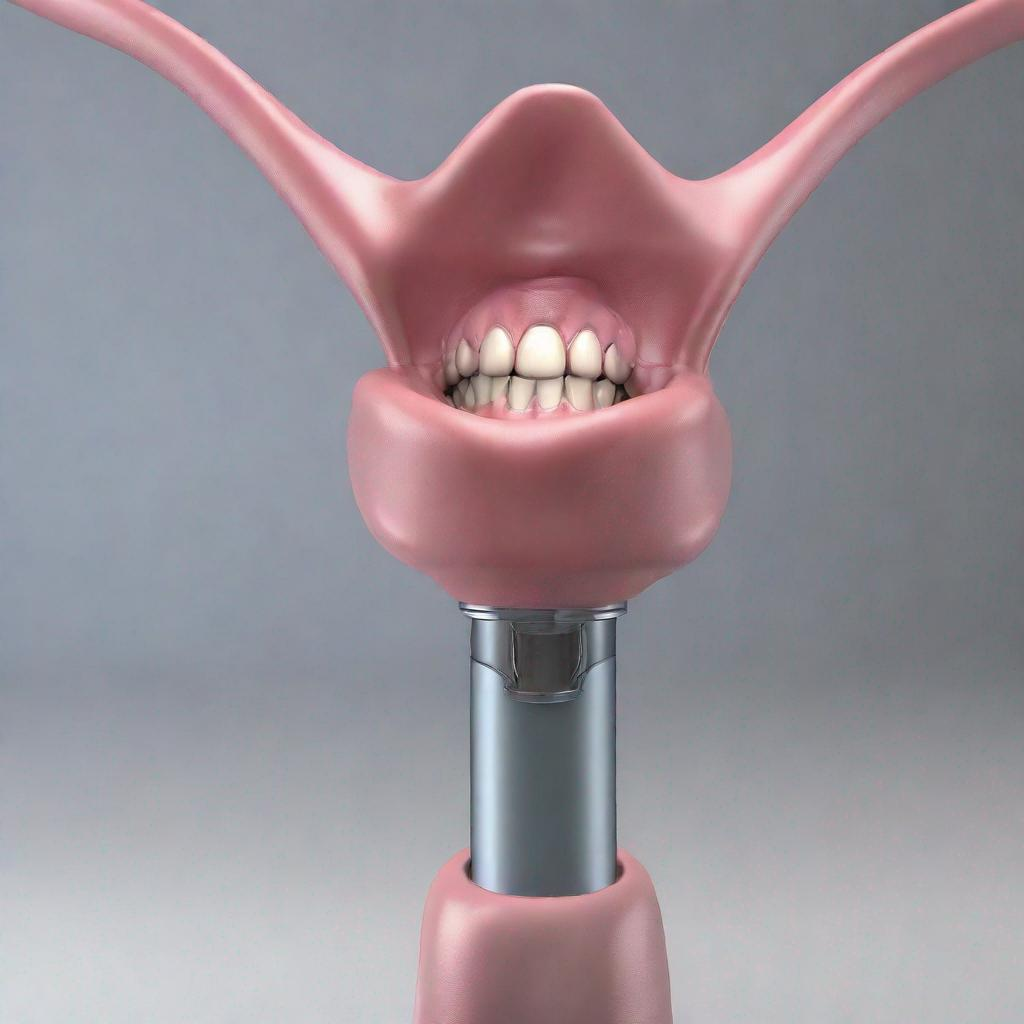“`html
CULT: A Comprehensive Guide to Culture Testing
Introduction
Culture testing is a laboratory test that helps healthcare providers identify and diagnose infections. It involves growing microorganisms, such as bacteria, fungi, viruses, or parasites, from a patient’s sample in a controlled environment. By examining these organisms, healthcare providers can determine the cause of an infection and prescribe appropriate treatment.
Test Overview
A culture test is typically ordered when a patient shows signs and symptoms of an infection. The sample for culture is collected from the site of the infection, such as urine, blood, stool, skin, respiratory tract, urinary tract, or gastrointestinal tract. The sample is then placed on a culture medium, which provides nutrients for the organisms to grow. The culture is incubated in a warm, controlled environment for several days or weeks, allowing the organisms to multiply.
Conditions and Diseases Detected
Culture testing can detect a wide range of infections, including:
- Bacterial infections: Urinary tract infections (UTIs), skin infections (e.g., cellulitis), respiratory infections (e.g., pneumonia), and gastrointestinal infections (e.g., food poisoning)
- Fungal infections: Skin infections (e.g., ringworm), yeast infections (e.g., candida), and systemic infections (e.g., aspergillosis)
- Viral infections: Respiratory infections (e.g., influenza, COVID-19), gastrointestinal infections (e.g., norovirus), and skin infections (e.g., herpes simplex virus)
- Parasitic infections: Intestinal infections (e.g., giardiasis), skin infections (e.g., scabies), and blood infections (e.g., malaria)
Preparation Guidelines
Before a culture test, you may be asked to follow specific preparation guidelines to ensure accurate results. These may include:
- Fasting for a certain period before the sample is collected
- Avoiding certain medications or supplements that can interfere with the culture
- Informing your healthcare provider about any recent antibiotic or antifungal treatment
Procedure
The procedure for a culture test is typically painless and straightforward. The healthcare provider will collect the sample from the infected area using a sterile swab, needle, or other device. The sample is then transported to a laboratory for incubation and analysis.
Duration and Waiting Time
The duration of a culture test can vary depending on the type of infection being tested. Bacterial cultures typically take 24-48 hours to show results, while fungal cultures may take several weeks. Your healthcare provider will inform you of the expected waiting time for your test results.
Additional Tests
In some cases, your healthcare provider may order additional tests alongside the culture test to obtain a more comprehensive view of your health. These tests may include:
- Blood tests: To check for signs of infection, such as elevated white blood cell count or inflammation markers
- Imaging tests: To visualize the infected area and assess its severity
- Biopsy: To obtain a small tissue sample from the infected area for further examination
Conclusion
Culture testing is a valuable tool in diagnosing infections and guiding appropriate treatment. By identifying the specific organism causing the infection, healthcare providers can prescribe targeted antibiotics, antifungals, or other medications to effectively treat the condition. If you have symptoms of an infection, it’s important to consult with your healthcare provider to determine if a culture test is right for you.
“`




